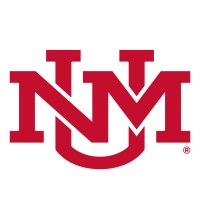
The University of New Mexico
Founded in 1889, The University of New Mexico now occupies 600 acres along old Route 66 in the heart of Albuquerque, a city of more than 700,000 people. From the magnificent mesas to the west, past the banks of the historic Rio Grande to the Sandia Mountains to the east, Albuquerque is a blend of culture and cuisine, styles and stories, people, pursuits and panoramas. Offering a distinctive campus environment with a Pueblo Revival architectural theme, the campus echoes the buildings of nearby Pueblo Indian villages. The nationally recognized Campus Arboretum and the popular Duck Pond offer an outstanding botanical experience in the midst of one of New Mexico's great public open spaces.






